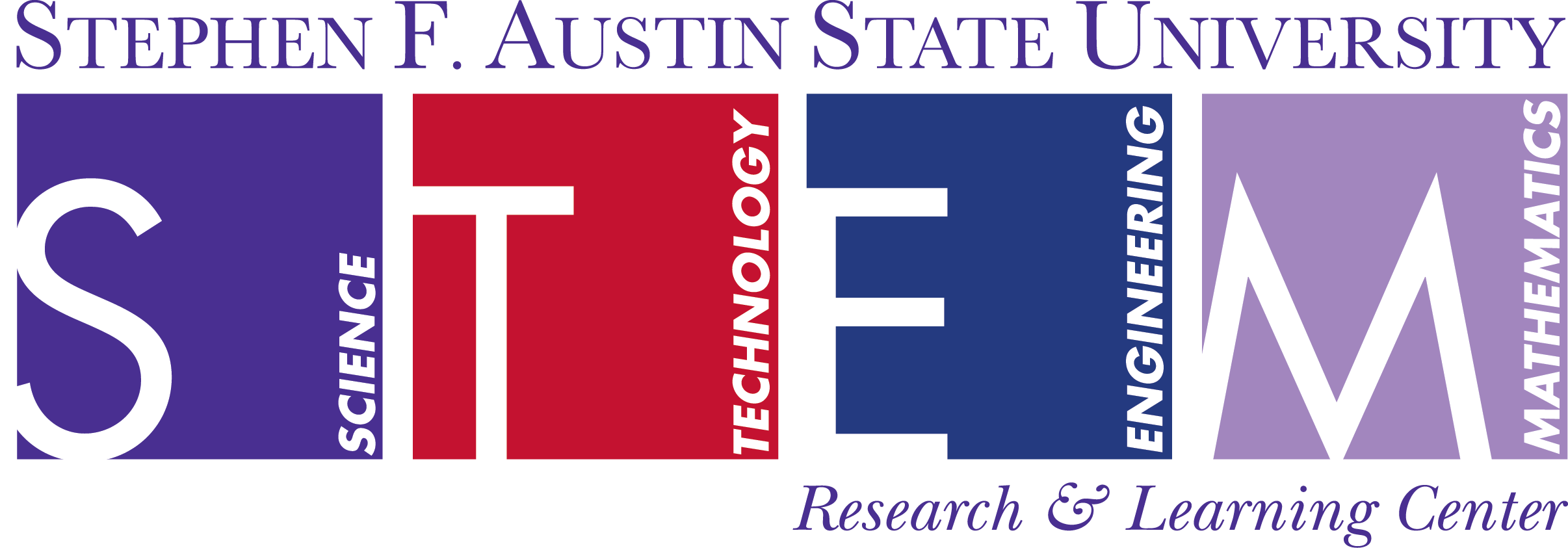
Document Type
Poster
Publication Date
2-19-2015
Abstract
Chagas disease is a vector transmitted disease also known as American trypanosomiasis. Chagas disease is classified as a protist or protozoa, which is a simplified version of ‘animal-like single celled organism that is like a multicellular organism’. This is because of the trypanosoma cruzi which is the protist itself (U.S. National Library of Medicine, 2012). This disease’s life cycle is complicated. The trypanosoma cruzi changes forms in its life cycle as it travels from hosts. The disease is first transmitted by the vector as it takes a blood meal. This is where the disease then takes over the cells near the wound cite. The disease grows, multiplying by using binary fission and the infected cell tissue. During the third stage the disease bursts into the blood stream where a new vector takes a blood meal, digesting the disease. The microorganism multiplies within the vector’s body and the cycle repeats (CDC, 2013). The vector, commonly referred to as the ‘Kissing Bug’ is a black and orange striped insect the size of a penny -20 mm.
Repository Citation
Rogers, Jessica and Castro, Stacy, "Chagas Disease: “The Kiss of Death”" (2015). Infectious Diseases Project 2015. 10.
https://scholarworks.sfasu.edu/stem_center_student_posters_infectious_diseases_project_2015/10


